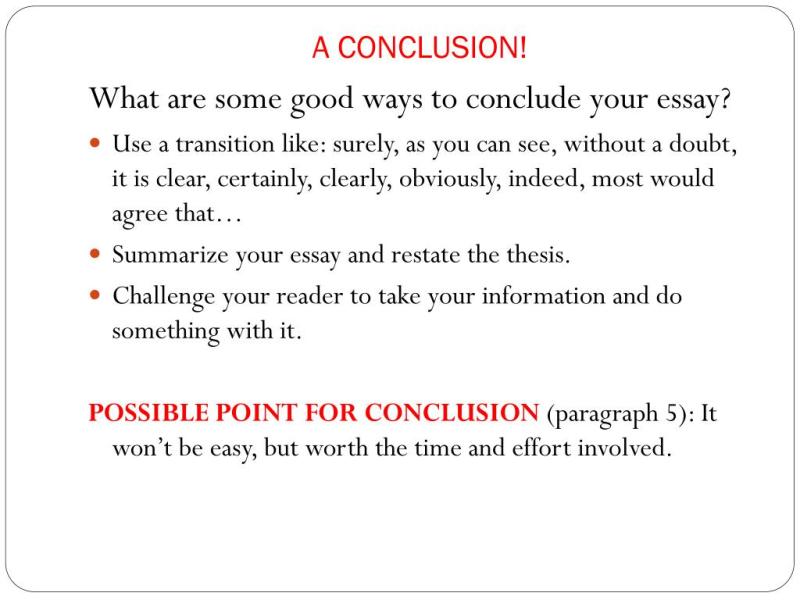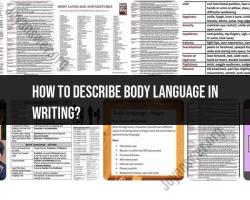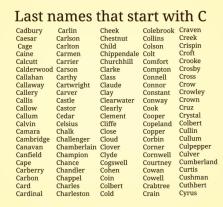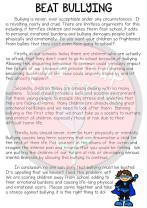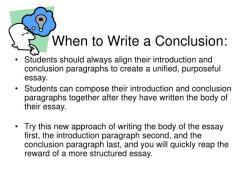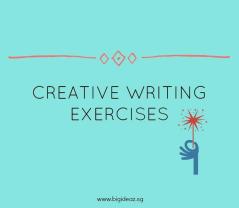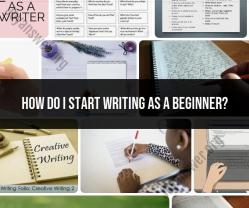What are some good ways to start a conclusion paragraph?
Crafting a strong conclusion is essential to leave a lasting impression on your readers. Here are some effective ways to start a conclusion paragraph:
Summarize Key Points:
Begin by summarizing the main points of your argument or discussion. This reminds the reader of the critical elements you've covered.
Example: "In conclusion, we have explored the profound impact of climate change on ecosystems, human health, and global economies."
Restate the Thesis Statement:
Revisit your thesis statement in a slightly different way. This reinforces your main argument and ties the entire essay together.
Example: "Returning to the core of our argument, it is evident that education is the key to breaking the cycle of poverty and fostering social mobility."
Pose a Thought-Provoking Question:
Engage your readers by posing a question that encourages further reflection on the topic. This leaves them with something to ponder after finishing your essay.
Example: "What role will artificial intelligence play in shaping the future of work, and how can we ensure it benefits rather than harms society?"
Offer a Solution or Call to Action:
If your essay discusses a problem, propose a solution or suggest a course of action. This empowers your readers and gives your conclusion a forward-looking perspective.
Example: "To address the challenges of urbanization, it is imperative that communities invest in sustainable infrastructure and prioritize green spaces for a healthier, more resilient future."
Connect to the Introduction:
Circle back to your introduction, referencing a key idea or anecdote. This creates a sense of closure and unity in your essay.
Example: "From the initial anecdote about Emma's journey to the closing analysis of her impact on the community, it is clear that individual actions can indeed spark meaningful change."
End with a Powerful Quote:
Conclude your essay with a relevant and impactful quote. Make sure it aligns with the theme of your essay and adds depth to your conclusion.
Example: "As Albert Einstein wisely noted, 'In the midst of every crisis, lies great opportunity.' It is in our hands to seize this opportunity and shape a better tomorrow."
Highlight the Significance:
Emphasize the broader significance of your topic. Explain why it matters and how it fits into the larger context.
Example: "The exploration of historical events not only enriches our understanding of the past but also provides valuable insights that can guide us in navigating the complexities of the present."
Remember, the key is to be concise while leaving a lasting impression. Tailor your conclusion to the specific requirements of your essay and make sure it resonates with your readers.
1. Effective Strategies to Initiate a Concluding Paragraph
A strong conclusion is crucial for leaving a lasting impression on your readers and effectively conveying your message. Here are some effective strategies to initiate a concluding paragraph:
Restate your thesis statement in a fresh and concise way. This helps remind the reader of the main point of your essay and ensures that they leave with a clear understanding of your central argument.
Summarize the key points of your body paragraphs. Briefly recap the main arguments and evidence you presented in the body of your essay to solidify your position and reinforce the overall impact of your writing.
Transition smoothly from the body paragraph to the conclusion. Use transition words and phrases to create a smooth and logical flow from the supporting details to the concluding remarks.
Avoid introducing new information in the conclusion. The conclusion should not introduce new ideas or concepts that were not discussed in the body of the essay. Instead, it should focus on tying together the existing information and providing a sense of closure.
2. Crafting a Strong Opening Sentence for a Conclusion
The opening sentence of your conclusion plays a critical role in setting the tone for the entire paragraph and capturing the reader's attention. Here are some tips for crafting a strong opening sentence:
Use a transition phrase or signal word to indicate the shift to the conclusion. Words like "therefore," "in conclusion," or "to summarize" can effectively signal the transition from the body paragraphs to the closing remarks.
Rephrase your thesis statement in a fresh and impactful way. Instead of simply repeating your original thesis statement word for word, rephrase it in a way that adds a new perspective or emphasizes the significance of your arguments.
Pose a thought-provoking question or offer a call to action. Challenge the reader to think further about the topic or encourage them to take action based on your insights.
Start with a strong and memorable statement that encapsulates the essence of your essay. Use vivid language and imagery to create a lasting impression and leave the reader with a sense of closure.
3. Impactful Phrases to Commence a Conclusion Paragraph
Here are some impactful phrases you can use to begin your conclusion paragraph:
"In essence,..."
"To sum up,..."
"In conclusion,..."
"In light of these findings,..."
"As we have seen,..."
"Therefore, it is evident that..."
"Based on the evidence presented,..."
"In closing, it is crucial to remember that..."
"Ultimately, the significance of this issue lies in..."
"I leave you with this thought:..."
